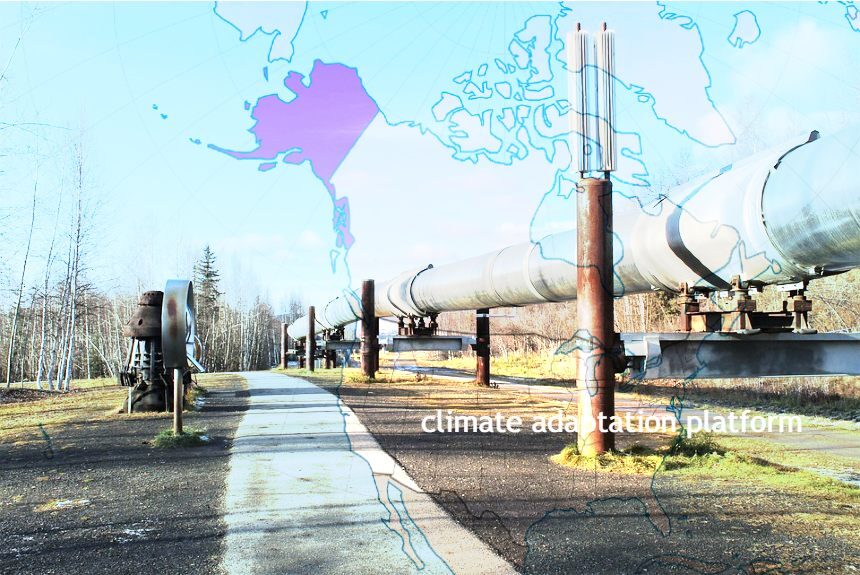The remoteness of the arctic can make it seems that any changes that are going on there won’t affect us. A decade ago, researchers believed that the region’s warming was twice or even three times as fast as the global average, making it a hotspot for climate change.
In a study, “The Arctic has warmed nearly four times faster than the globe since 1979”, Communications Earth and Environment published in August, researchers argued that the previous estimates of Arctic warming are inaccurate. Instead, since 1979, the area has been warming four times more than the global average.
The speed of the warming in the Arctic is a phenomenon called the Arctic or polar amplification (AA), seen through instrumental observations, climate models, and paleoclimate records.
The study discussed the many factors that contribute to the AA phenomenon, which include enhanced oceanic heating and ice-albedo feedback due to diminishing sea ice, Planck feedback and many other terms that explain the cause and effect of external influence (e.g. suns radiation) and other factors (e.g. amounts of GHG emissions, air pollution and aerosols, etc.) have on the climate’s system.
The impacts of the AA phenomenon are not limited to the Arctic but extend far to the tropics. The shrinking gap between polar and tropical temperatures can affect weather patterns and extremes in the temperate zones.
In the Arctic, the AA phenomenon accelerates the melting of the permafrost, which risks releasing massive amounts of methane, leading to more global warming. The melting of the ice sheets and glaciers will result in sea level rise.
Alaska is the United States’ only arctic region, but in the last 60 years, the state has been warming twice as quickly as the rest of the country.
The National Climate Assessment report gives a comprehensive picture of how climate change is impacting the state, providing five key messages that summarize the most pronounced climate change effects:
- Key Message 1: Disappearing Sea Ice – the arctic summer sea ice is receding faster than projected and is expected to disappear before mid-century. Although melting sea ice leads to greater ship access, it also increases community vulnerability to coastal erosion.
- Key Message 2: Shrinking Glaciers. Shrinking glaciers in Alaska and British Columbia will continue and have implications for hydropower power production, ocean circulation patterns, fisheries, and global sea level rise.
- Key Message 3: Thawing Permafrost. The thawing trend is expected to continue, leading to multiple vulnerabilities that include: the release of methane, a potent heat-trapping gas in the atmosphere, a drier landscape, more wildfires, and the increased cost of maintaining infrastructure.
- Key Message 4: Chaing Ocean Temperatures and Chemistry. Current and projected increases in Alaska’s ocean temperatures and changes in ocean chemistry are expected to alter the distribution and productivity of Alaska’s marine fisheries, which lead the US in commercial value.
- Key Message 5: Native Communities. The cumulative effects of climate change in Alaska strongly affect Native communities, which are highly vulnerable to these rapid changes but have a deep cultural history of adapting to change.
Although Alaska is touted as the frontline for climate change, the state is also a hotspot for oil.
Alaskan native communities, who make up most of the population of Northern Alaska, are concerned about the devastating impacts of climate change. Yet, the state’s economy is highly dependent on oil.
Alaskans may not dispute the science, but they disagree on what to do about it, as oil and gas generate a big chunk of the state’s revenue.
The Economist article, “The Alaskan wilderness reveals the past and the future,” narrates the state’s struggle to save its environment yet cannot stop digging for its oil, stories about the oilmen who have created a community in the harsh arctic environment, its indigenous people, and environmentalists.
The Alaskan wilderness (2022) mentions:
- In 2000, an oil major ConocoPhillips established a new drilling site called Alpine, west of Prudhoe Bay. The location sits almost at the northern edge of the state. The company boasts of its small environmental footprint, using horizontal wells stretching for miles.
- Since establishing Alpine, Conoco has continued its move to the west with new wells in the National Petroleum Reserve in Alaska (NPR-A), its most productive site – Willow, produces 180,000 barrels of crude oil per day, increasing the states state’s output by more than a third.
Thanks to discoveries of new oil sites and the new Inflation Reduction Act, which accelerates oil leasing on federal land while at the same time boosting green energy, more oil projects in the state will continue in the foreseeable future (Alaskan wilderness, 2022).
Sources:
Rantanen, M., Karpechko, A.Y., Lipponen, A. et al. The Arctic has warmed nearly four times faster than the globe since 1979. Commun Earth Environ 3, 168 (2022). https://doi.org/10.1038/s43247-022-00498-3
Alaska. Third National Climate Assessment. retrieved from https://nca2014.globalchange.gov/report/regions/alaska#statement-17126
The Alaskan wilderness reveals the past and the future. (2022 September 8). The Economist. Retrieved from https://www.economist.com/essay/2022/09/08/the-alaskan-wilderness-reveals-the-past-and-the-future



Leave a Reply